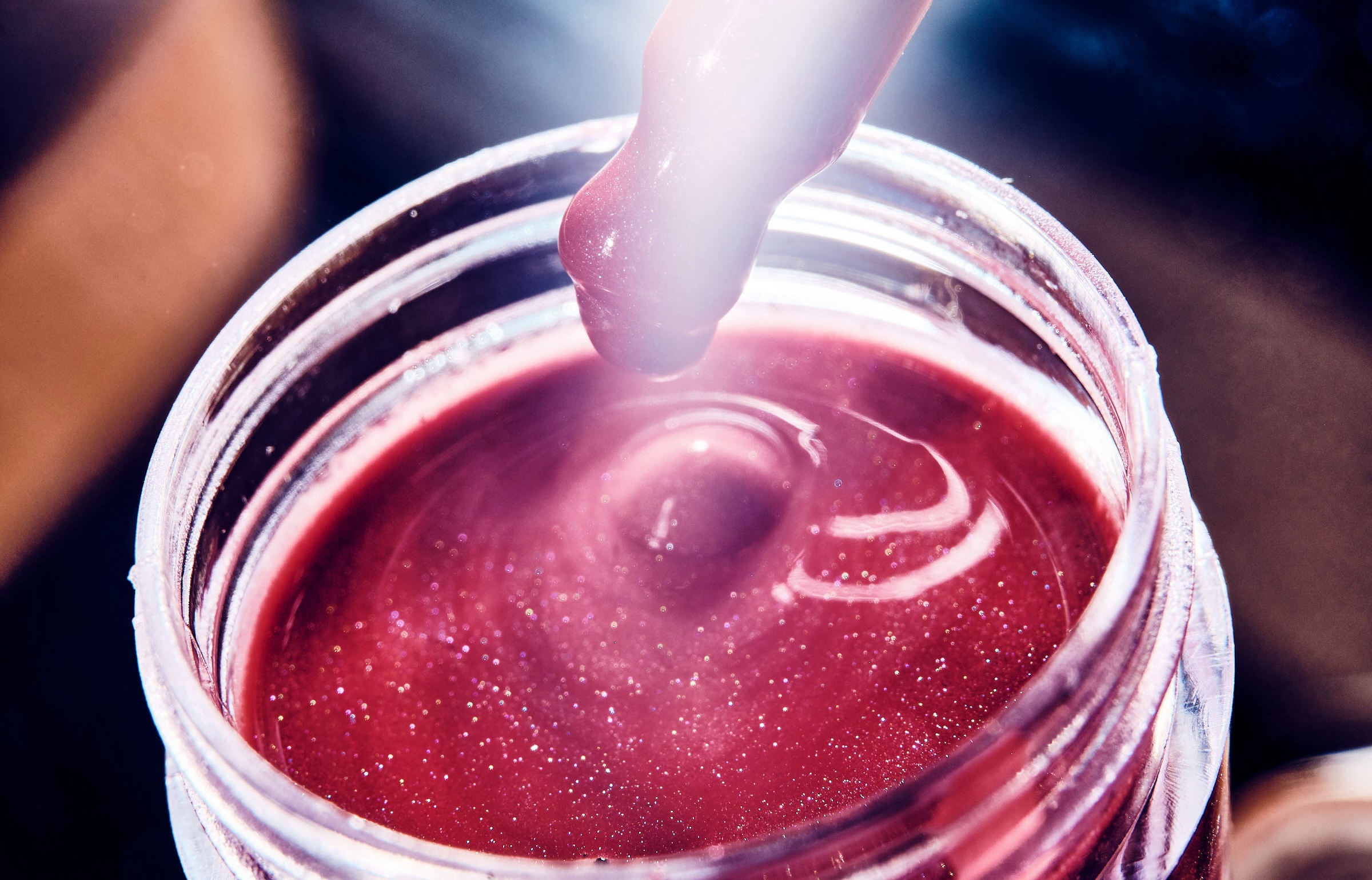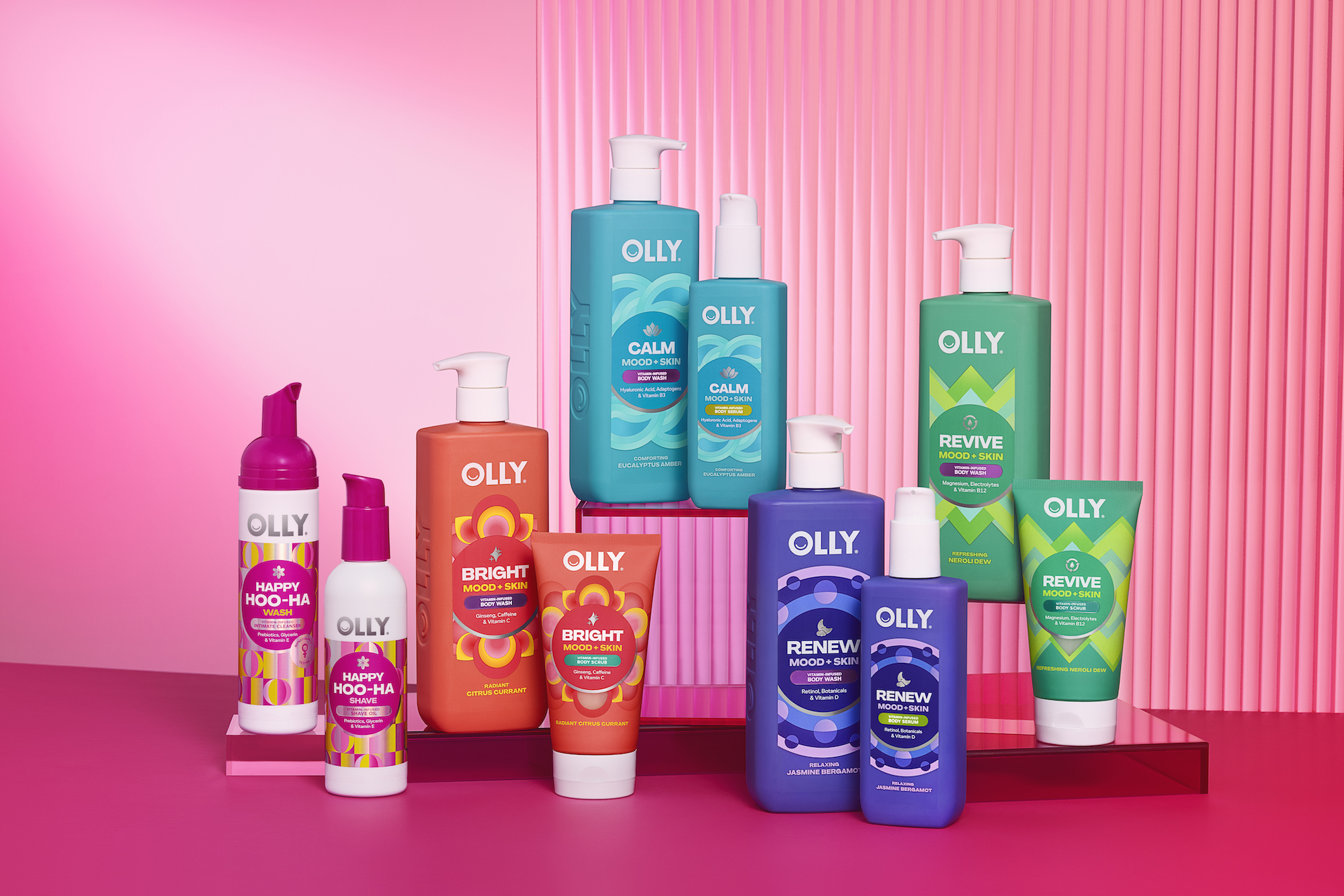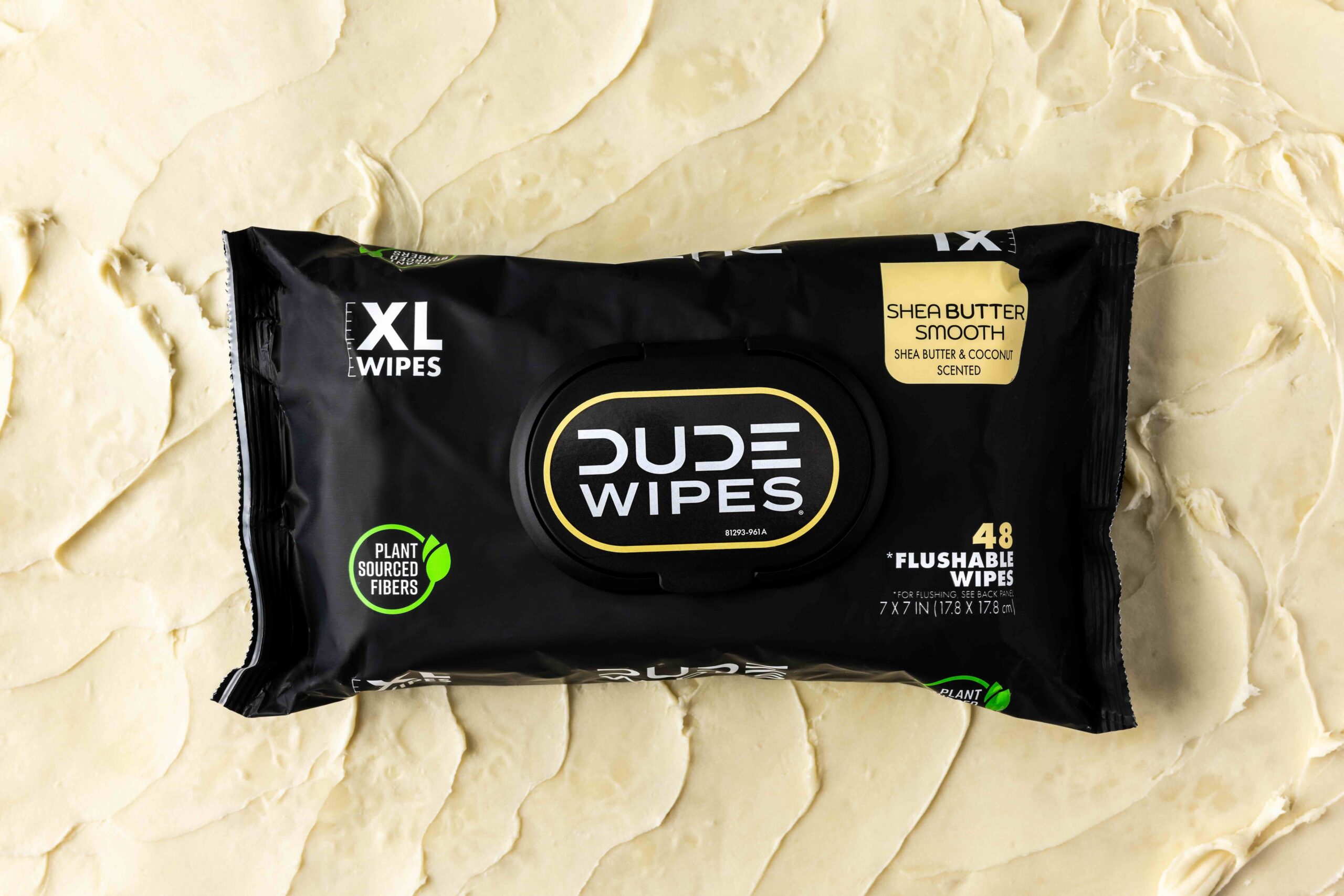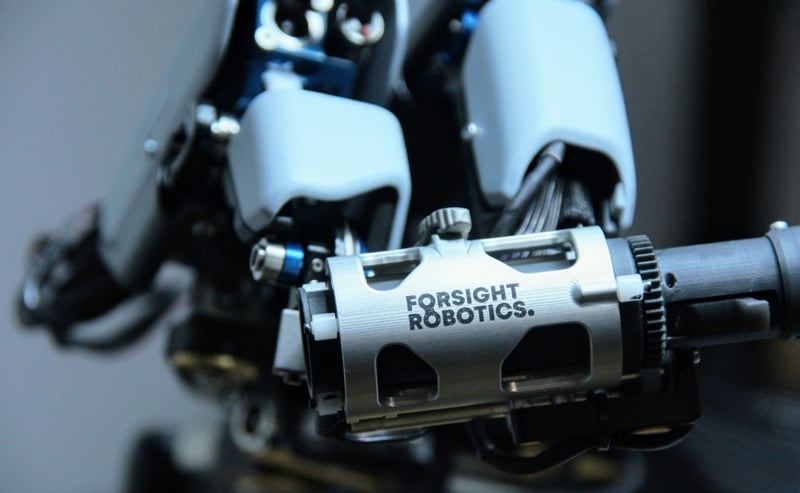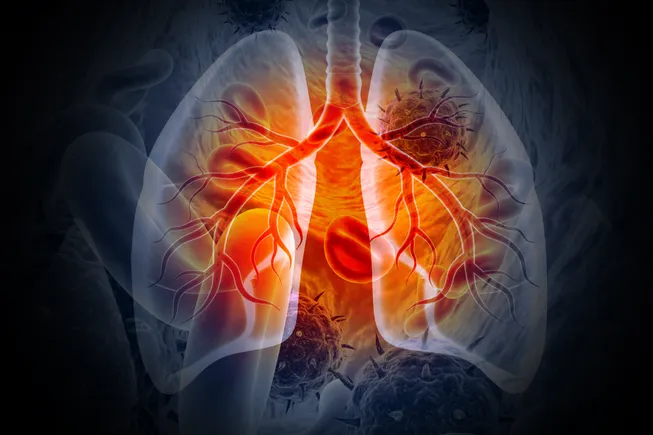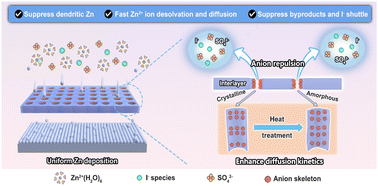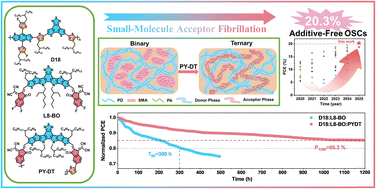Poly(hydroxy‐oxazolidone) Thermoplastic Elastomers for Safer, Greener and Customizable Blood‐Contacting Medical Devices
Advanced Healthcare Materials, EarlyView.

A poly(hydroxy-oxazolidone) (PHOx) is synthesized from CO2-based precursors, enabling the up-cycling of this waste material. After synthesis, PHOx shows thermoplastic properties, and can therefore be processed by many temperature-dependent techniques. PHOx is hemocompatible, anti-adhesive, and biocompatible, which is demonstrated in vitro and in vivo. In some of the performed analysis, PHOx outperforms medical grade polyurethane.
Abstract
Thermoplastic elastomers (TPEs) of the polyurethane (PU)-type have broad applications in healthcare. However, these materials have a number of drawbacks. Their synthesis requires the use of toxic isocyanates. Their hemocompatibility remains insufficient, resulting in high rates of thrombotic complications of most common blood-contacting devices, which further increases the risk of infection. Here, we report the facile, up-scalable preparation of a greener non-isocyanate polyurethane (NIPU) TPE, poly(hydroxy-oxazolidone) (PHOx). We show that PHOx can be processed by multiple relevant manufacturing techniques, i.e., hot pressing, injection-molding, electrospinning, and additive manufacturing. In vitro hemocompatibility tests with human blood demonstrate better performance than a conventional medical grade PU. PHOx triggers less contact phase activation of coagulation, less plasma protein adsorption and less platelet adhesion than PU. The adhesion of Staphylococcus epidermidis is also reduced in the first 2 hours of contact as compared to PU. PHOx is neither hemolytic nor cytotoxic upon indirect or direct contact with endothelial cells or fibroblasts. Additionally, subcutaneous implantation of PHOx in rabbits for one and four weeks confirms in vivo biocompatibility and no material degradation. PHOx is therefore a highly valuable biomaterial and a potential isocyanate-free alternative to conventional PU-based TPEs for manufacturing customizable blood-contacting devices with improved hemocompatibility.
















































